In the simplest way, take you to understand classic strategies.
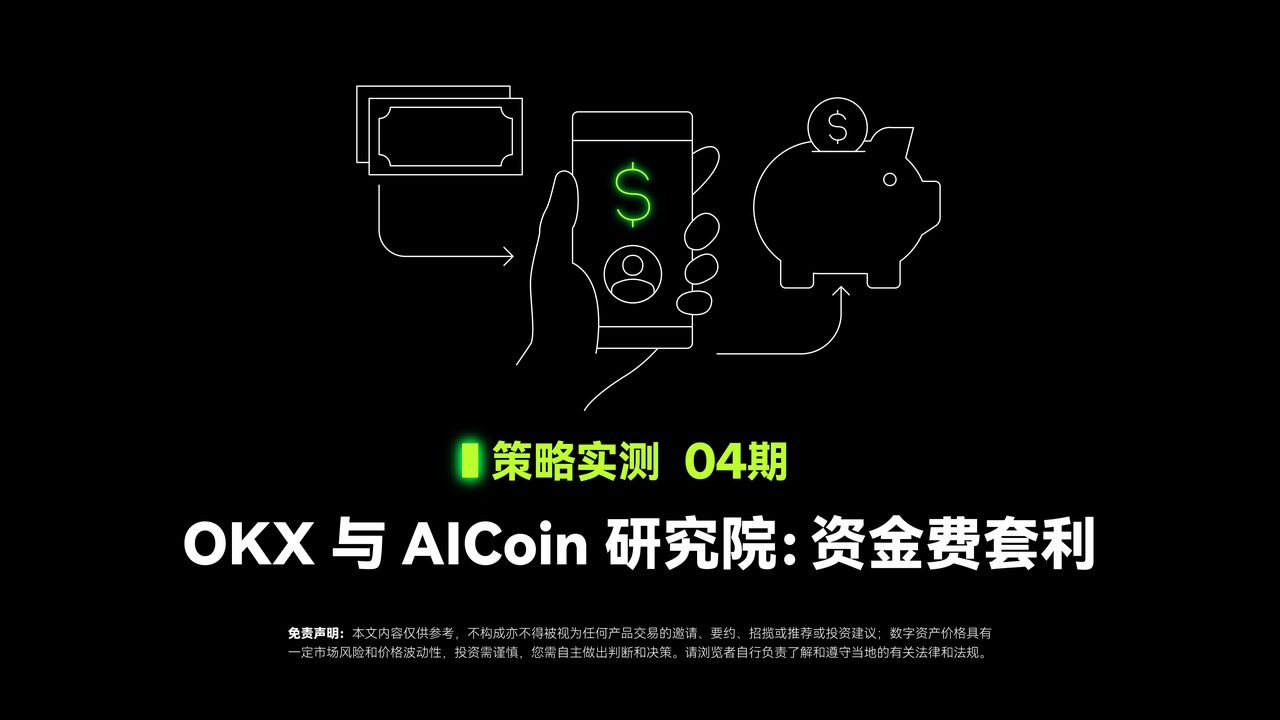
OKX, in collaboration with the high-quality data platform AICoin, has initiated a series of classic strategy research, aiming to help users better understand and learn different strategies through data testing and analysis of core dimensions such as strategy characteristics, in order to avoid blind usage as much as possible.
Funding Rate Arbitrage is an arbitrage strategy widely used in the cryptocurrency market, aiming to profit from the difference in funding rates between perpetual contracts and the spot market. The core of funding rate arbitrage lies in the use of the funding rate mechanism of perpetual contracts. Perpetual contracts are derivative contracts with no expiration date, and the funding rate is used to balance the difference between the contract price and the spot price. The funding rate can be positive or negative, depending on the market supply and demand. When the funding rate is positive, long positions pay funding fees to short positions; conversely, when the funding rate is negative, short positions pay funding fees to long positions.
Arbitrage Strategy Operation:
• Forward Arbitrage: When the funding rate is positive, traders can buy spot and short an equal amount/quantity of perpetual contracts to earn funding fee income.
• Reverse Arbitrage: When the funding rate is negative, traders can borrow coins to sell spot and long an equal amount/quantity of perpetual contracts to earn funding fee income.
This arbitrage strategy usually settles funding fees every 8 hours, but under extreme market conditions, the settlement frequency may be higher to curb excessive speculative behavior.
In the 4th phase of strategy testing, funding rate arbitrage strategy introduction will be conducted, using 3 major data models for testing:
Model 1: Funding rate arbitrage for BTC and ETH under sideways movement
Model 2: Funding rate arbitrage for BTC and ETH under a downtrend
Model 3: Funding rate arbitrage for BTC and ETH under an uptrend
This phase's data testing operating standards: The opening condition is a price spread rate greater than 0.05% and a funding rate greater than 0; the closing condition is a price spread rate less than -0.05%.
One-sentence summary of funding rate arbitrage: Funding rate arbitrage is suitable for traders who hope to obtain relatively low-risk returns in the cryptocurrency market, as well as for professionals with certain market analysis abilities and trading experience.
Pros and Cons Comparison
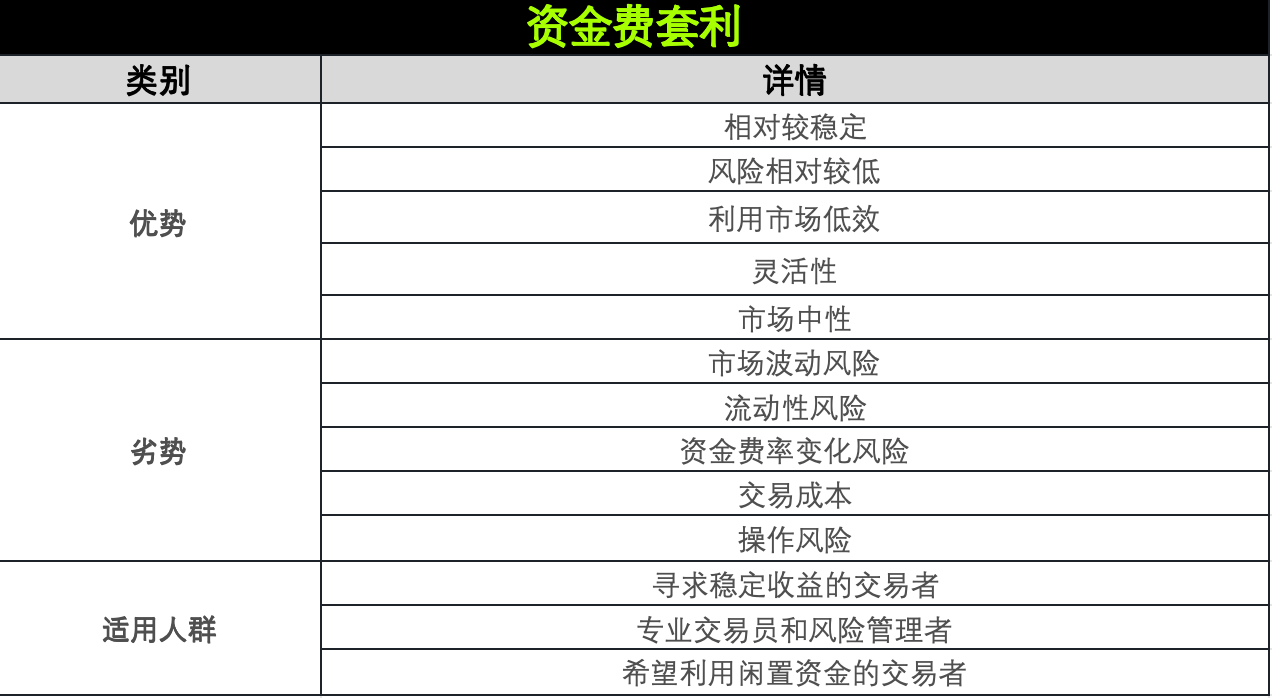
Specifically, the main applicable groups for funding rate arbitrage include the following:
1) Traders seeking stable returns: Funding rate arbitrage is generally considered a relatively low-risk strategy, suitable for traders who hope to obtain returns through stable cash flow. These traders may be cautious about the volatility of the cryptocurrency market and therefore prefer to achieve relatively low-risk returns through arbitrage strategies.
2) Professional traders and risk managers: Since funding rate arbitrage involves complex market analysis and real-time trading execution, it usually requires a certain level of market knowledge and experience. Therefore, professional traders and risk managers are the main applicable groups for this strategy. They can use the differences in funding rates in the market to execute precise trades and lock in profits.
3) Traders looking to utilize idle funds: For traders holding idle funds (such as USDT), funding rate arbitrage provides a way to utilize these funds to earn additional income. These traders may take a cautious stance on current market prices but hope to earn returns through arbitrage.
However, while funding rate arbitrage is considered a relatively low-risk strategy, there are still some risks to be aware of:
1) Market volatility risk: The high volatility of the cryptocurrency market may lead to significant price fluctuations, affecting changes in funding rates. This volatility may make arbitrage operations difficult to profit from, or even lead to losses.
2) Liquidity risk: Differences in liquidity and trading volume between different exchanges may lead to widened bid-ask spreads, increasing trading costs and reducing potential profits. In addition, low liquidity may make it difficult to execute trades, and market orders may result in significant price slippage.
3) Funding rate change risk: Funding rates are not fixed and may fluctuate with changes in market supply and demand. When funding rates change unfavorably, it may be necessary to adjust or close positions in a timely manner to avoid losses.
4) Trading costs: Arbitrage operations involve multiple trades, each incurring transaction fees. These costs may erode arbitrage profits, especially in the case of frequent trading.
5) Operational risk: Arbitrage strategies require simultaneous trading in different markets to ensure that orders can be executed at the same quantity and price. Any operational errors or delays may lead to arbitrage failure.
However, despite funding rate arbitrage being considered a relatively low-risk strategy, traders still need to conduct thorough market research and risk management to minimize potential risks and optimize returns. Funding rate arbitrage has several advantages:
1) Stable returns: Funding rate arbitrage is a market-neutral strategy that earns funding fees by holding hedged positions, allowing traders to obtain stable income regardless of market price fluctuations. This strategy is similar to a money market fund and is suitable for traders seeking stable cash flow.
2) Lower risk: Compared to high-risk leveraged futures trading, funding rate arbitrage carries lower risk because it does not rely on predicting market prices, but rather profits from differences in funding rates. This strategy reduces market risk by hedging spot and perpetual contract positions.
3) Market neutrality: Funding rate arbitrage is a market-neutral strategy, meaning it can operate in bull, bear, or sideways markets. Traders focus on differences in funding rates rather than overall price trends, making the strategy flexible in any market condition.
4) Exploiting market inefficiencies: This strategy can exploit temporary inconsistencies in funding rates in the market, capturing additional profits from these short-term inefficiencies that traditional trading cannot achieve.
5) Flexibility: Funding rate arbitrage allows traders to operate on different cryptocurrencies and stablecoins, providing flexible trading options. In addition, traders can arbitrage between different exchanges based on differences in funding rates, further increasing potential profits.
Overall, due to its stable returns, lower risk, and market-neutral characteristics, funding rate arbitrage has become the preferred strategy for many traders seeking stable returns in the cryptocurrency market.
Model One
This model is: Funding rate arbitrage for BTC and ETH under sideways movement
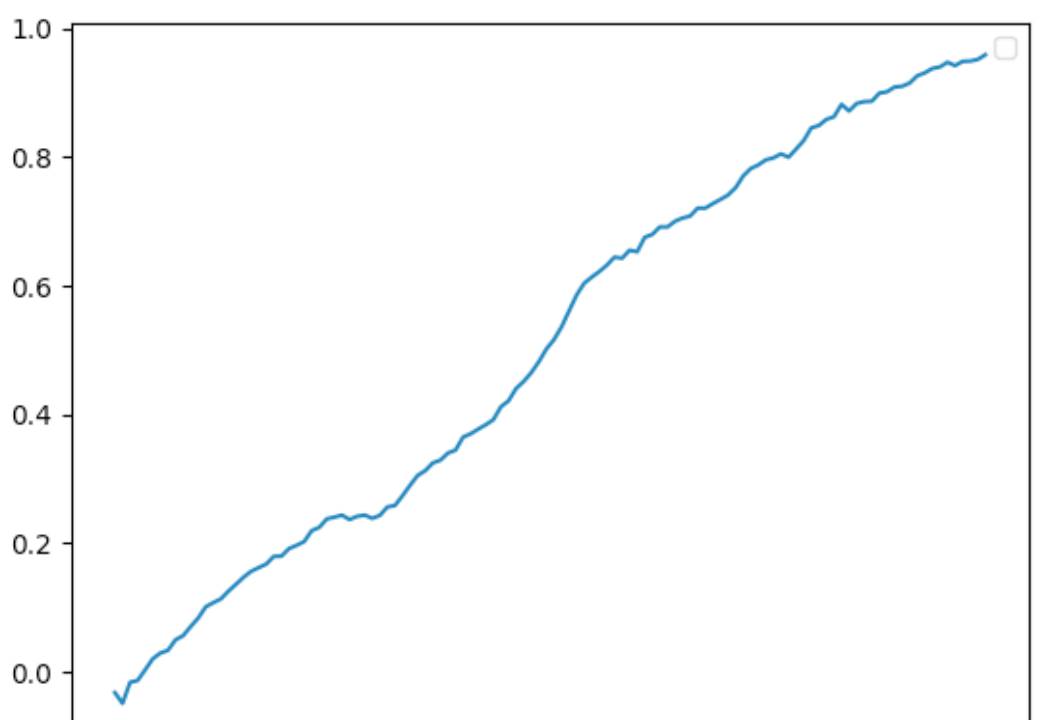
Image 1: BTCUSDT perpetual and BTCUSDT spot funding rate arbitrage; Source: AICoin
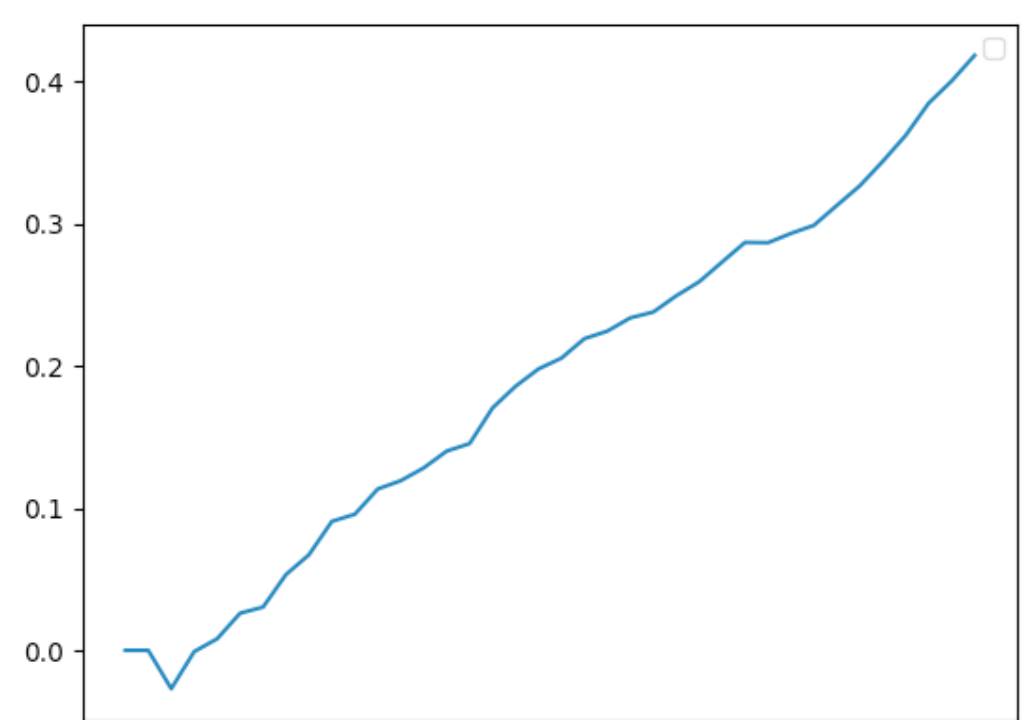
Image 2: BTCUSDT perpetual and BTCUSDT spot funding rate arbitrage; Source: AICoin

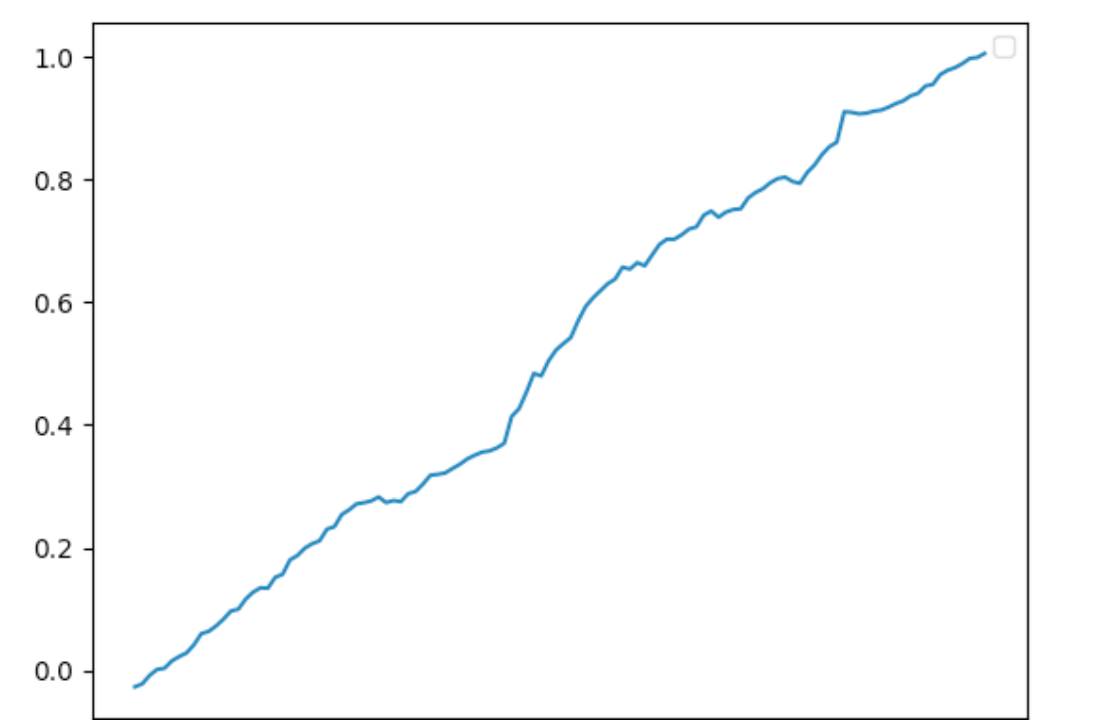
Image 3: ETHUSDT perpetual and ETHUSDT spot funding rate arbitrage; Source: AICoin

Image 4: ETHUSDT perpetual and ETHUSDT spot funding rate arbitrage; Source: AICoin

Model Two
This model is: Funding rate arbitrage for BTC and ETH under a downtrend
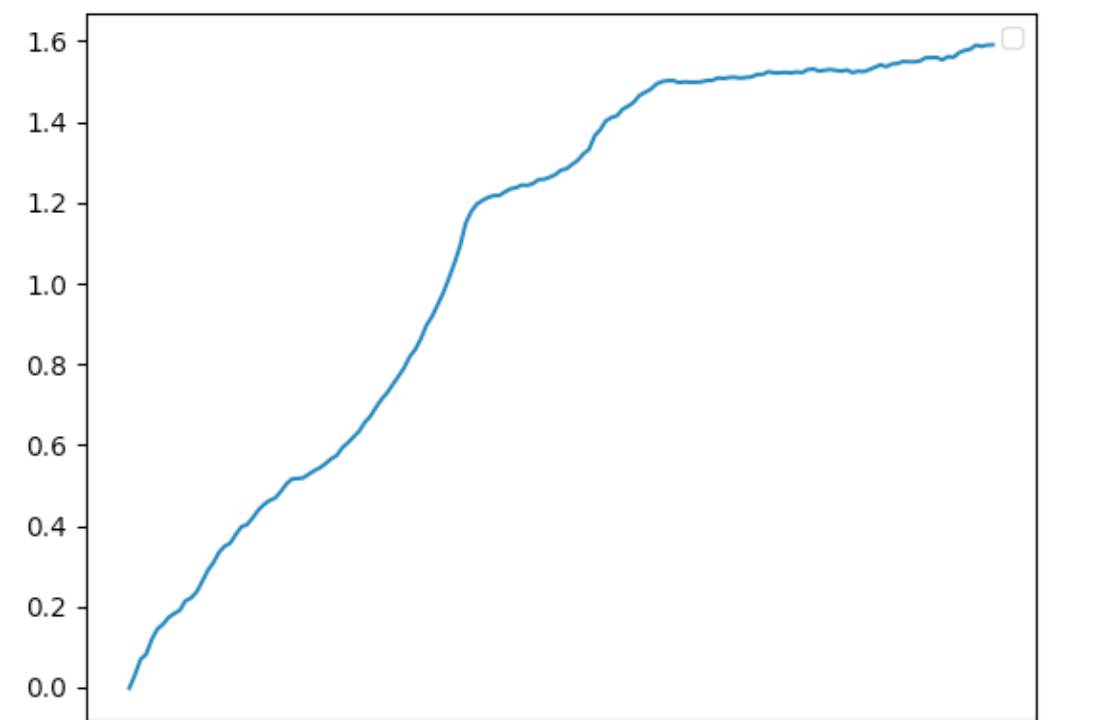
Image 5: BTCUSDT perpetual and BTCUSDT spot funding rate arbitrage; Source: AICoin
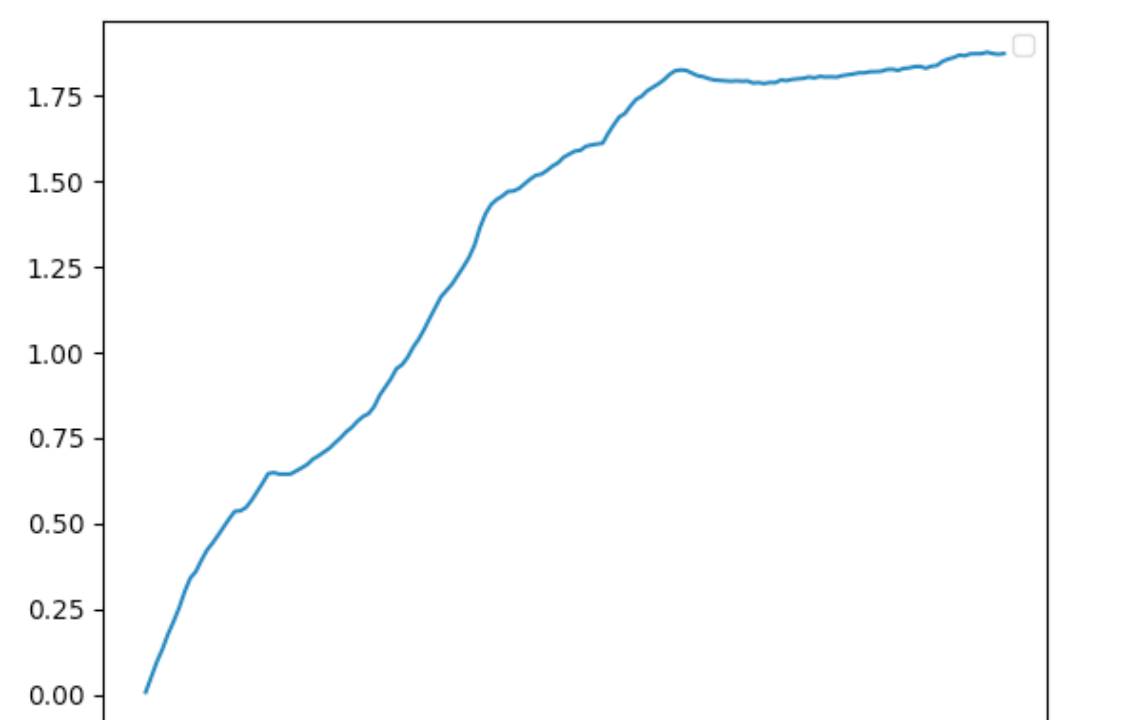
Image 6: ETHUSDT perpetual and ETHUSDT spot funding rate arbitrage; Source: AICoin

Model Three
This model is: Funding rate arbitrage for BTC and ETH under an uptrend
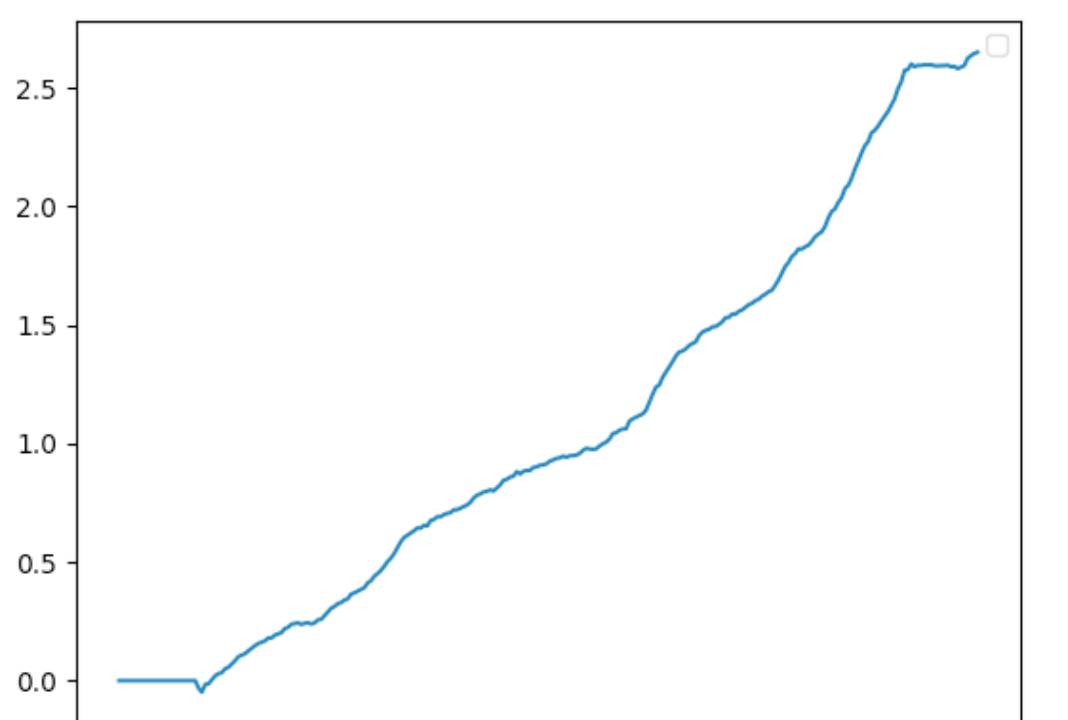
Image 7: BTCUSDT perpetual and BTCUSDT spot funding rate arbitrage; Source: AICoin
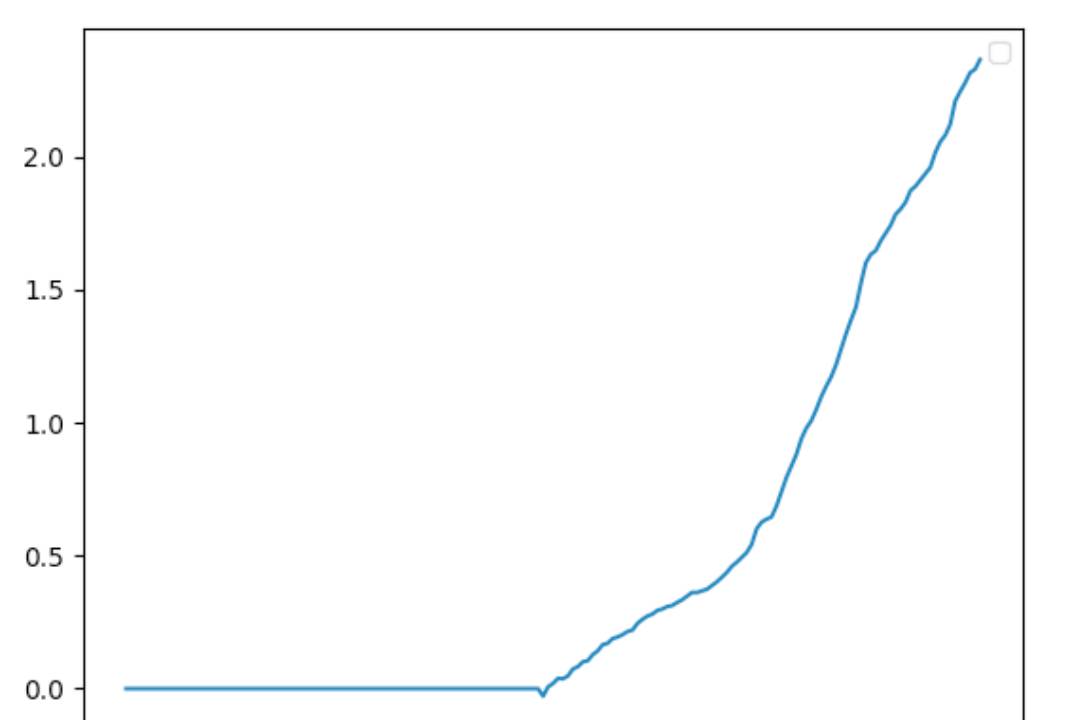
Image 8: BTCUSDT perpetual and BTCUSDT spot funding rate arbitrage; Source: AICoin

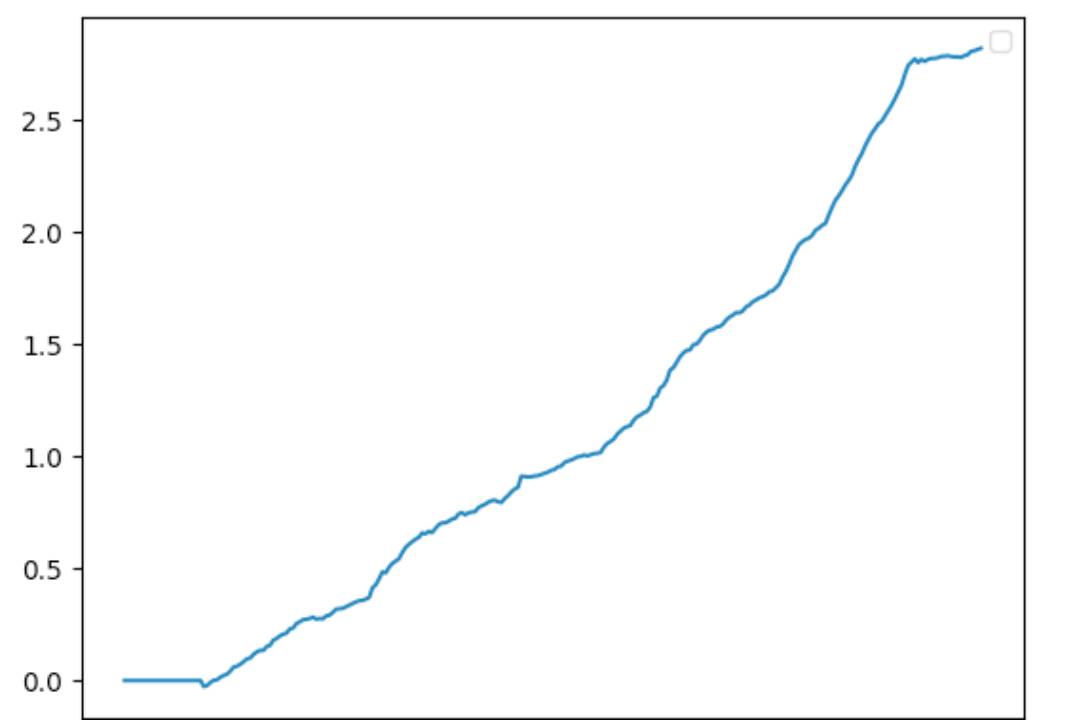
Image 9: ETHUSDT perpetual and ETHUSDT spot funding rate arbitrage; Source: AICoin
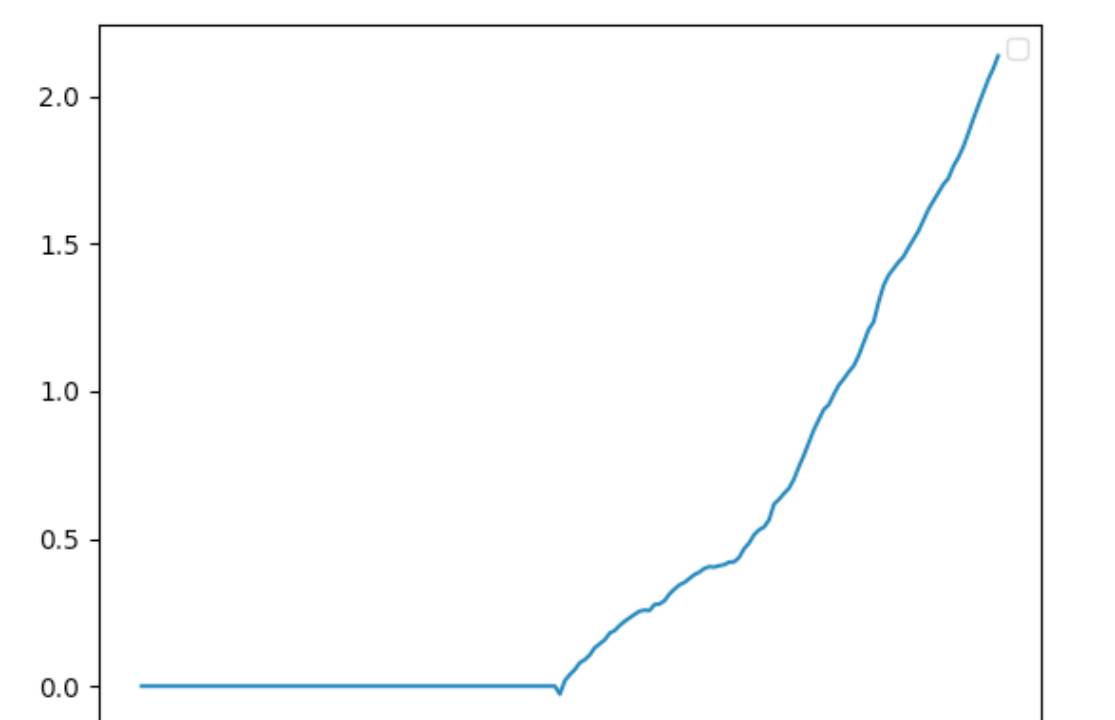
Image 10: ETHUSDT perpetual and ETHUSDT spot funding rate arbitrage; Source: AICoin

Analysis and Summary
Comparing the performance of funding rate arbitrage in the three models from different dimensions such as profit performance, annualized return, and market adaptability
Profit performance: Model Three provided the highest total profit and annualized return during an uptrend, reflecting the effectiveness of funding rate arbitrage in capturing spread opportunities in a market dominated by long positions. Model Two also performed well during a downtrend, especially for ETH, demonstrating the adaptability of this strategy in different market environments. Model One showed relatively lower profits in a sideways market, indicating fewer arbitrage opportunities in a market with limited price fluctuations. This may be due to the low volatility and stable funding rates in a sideways market, as well as cautious market participants.
Annualized return: Model Two demonstrated outstanding annualized returns during a downtrend, especially for ETH, indicating that funding rate arbitrage can maintain high profitability levels even in a market dominated by short positions. The annualized return of Model One during a sideways market was relatively low, showing the impact of market conditions on arbitrage strategies.
Market adaptability: The funding rate arbitrage strategy can be effective in different market cycles (uptrend, downtrend, sideways), but the level of profitability and performance is significantly influenced by market conditions. Models Two and Three outperformed Model One, indicating that the funding rate arbitrage strategy has more profit potential in markets with greater price fluctuations.
From the above analysis, the funding rate arbitrage strategy demonstrates strong flexibility and adaptability in different market cycles. In markets dominated by long or short positions, the strategy can effectively reduce potential risks and maintain stable returns. In a sideways or ranging market, although the profitability is relatively lower, it still provides reliable performance. Traders should constantly monitor changes in market conditions and adjust their strategies accordingly to maximize returns.
In simple terms, this strategy performs well in various market conditions. In bull or bear markets, it can relatively reduce risk and maintain stable returns. Even in a ranging market, despite lower profits, it can still provide reliable performance. Traders only need to adjust their strategies according to market changes to maximize returns.
OKX & AICoin Funding Rate Arbitrage
Currently, OKX strategy trading provides convenient and diverse strategy varieties.
Arbitrage generally refers to the use of hedging or swapping to profit from the price difference between different markets with extremely low risk. Common arbitrage trading methods include funding rate arbitrage, futures-spot arbitrage, and futures-futures arbitrage.
Arbitrage users need to observe two markets in real-time and place orders simultaneously, with both orders ideally being executed at the same time to avoid slippage. Therefore, OKX provides this strategy tool to assist users in improving efficiency and accuracy in arbitrage. In actual arbitrage, users can choose suitable arbitrage combinations based on the arbitrage order information provided by the platform. OKX's arbitrage order quick entry: OKX Arbitrage Trading
How to access more strategy trading on OKX? Users can enter the "Strategy Trading" mode in the "Trade" section of the OKX APP or official website, and then click on "Strategy Plaza" or "Create Strategy" to start the experience. In addition to creating strategies on their own, the Strategy Plaza currently provides "High-Quality Strategies" and "Strategies with Copy Traders", allowing users to copy strategies or engage in strategy following.
OKX strategy trading has multiple core advantages, including easy operation, low fees, and security. In terms of operation, OKX provides intelligent parameters to help users set trading parameters more scientifically, and offers text and video tutorials to help users quickly get started and become proficient. In terms of fees, OKX has comprehensively upgraded its fee rate system, significantly reducing user trading fees. In terms of security, OKX has a security team composed of top global experts, providing bank-level security protection.
How to access AICoin's funding rate arbitrage strategy? In the AICoin product's left sidebar, users can find "Arbitrage Robot" under the "Strategy" option. After entering this interface, in the "Arbitrage Opportunities" tab at the top, users can choose "Auto Earning Coins", "Forward Arbitrage", or "Reverse Arbitrage" and other funding rate arbitrage strategies.
Disclaimer
This article is for reference only, representing the author's views and not OKX's position. This article does not intend to provide (i) trading advice or recommendations; (ii) offers or solicitations to buy, sell, or hold digital assets; (iii) financial, accounting, legal, or tax advice. We do not guarantee the accuracy, completeness, or usefulness of such information. Holding digital assets (including stablecoins and NFTs) involves high risks and may experience significant fluctuations. You should carefully consider whether trading or holding digital assets is suitable for your financial situation. For your specific situation, please consult your legal/tax/trading professionals. Please be responsible for understanding and complying with applicable local laws and regulations.
免责声明:本文章仅代表作者个人观点,不代表本平台的立场和观点。本文章仅供信息分享,不构成对任何人的任何投资建议。用户与作者之间的任何争议,与本平台无关。如网页中刊载的文章或图片涉及侵权,请提供相关的权利证明和身份证明发送邮件到support@aicoin.com,本平台相关工作人员将会进行核查。




